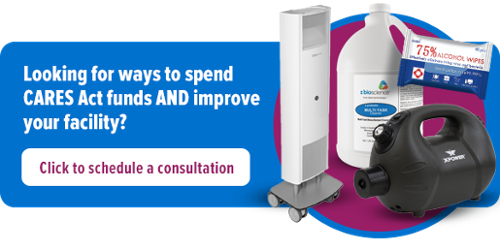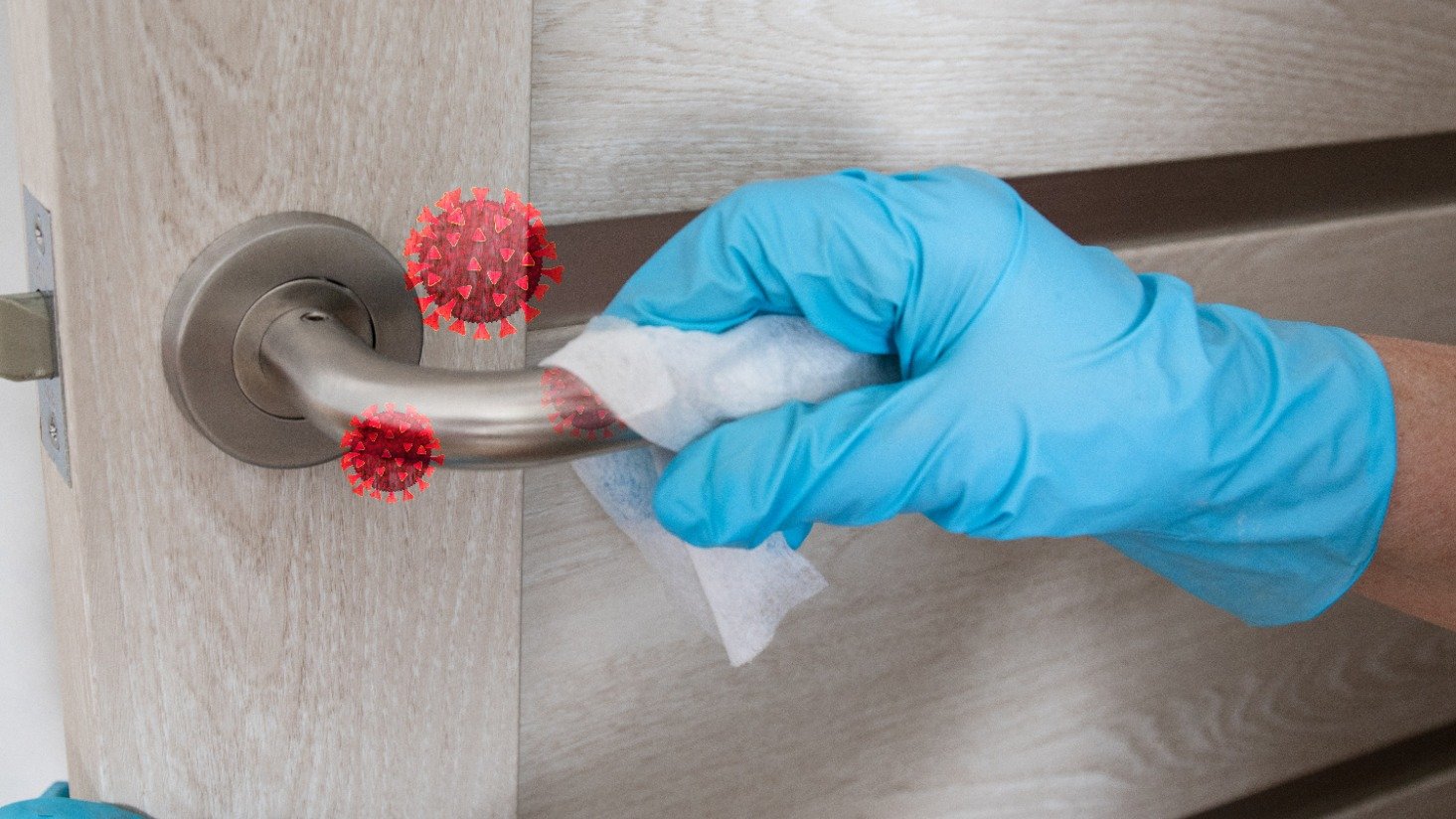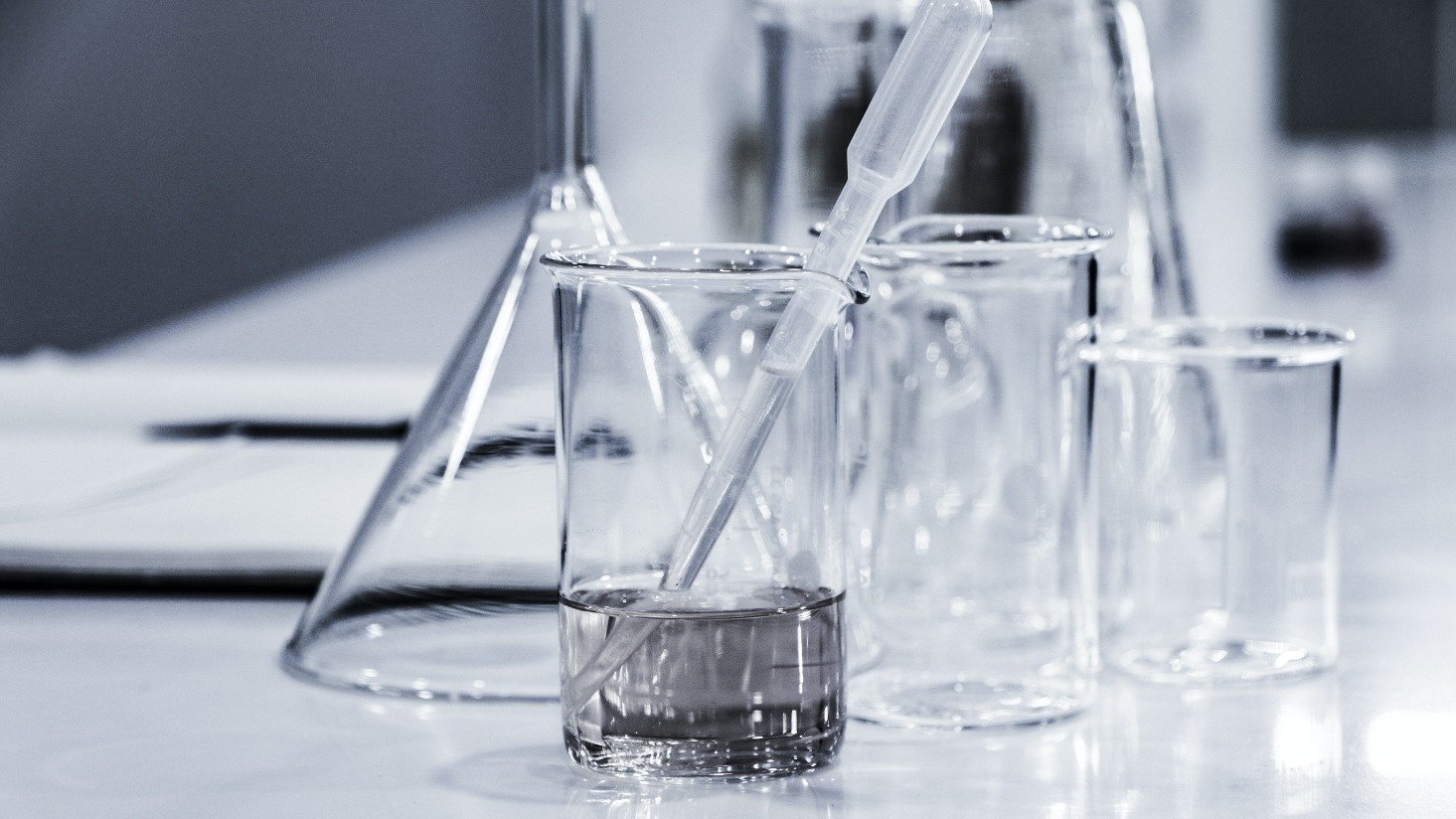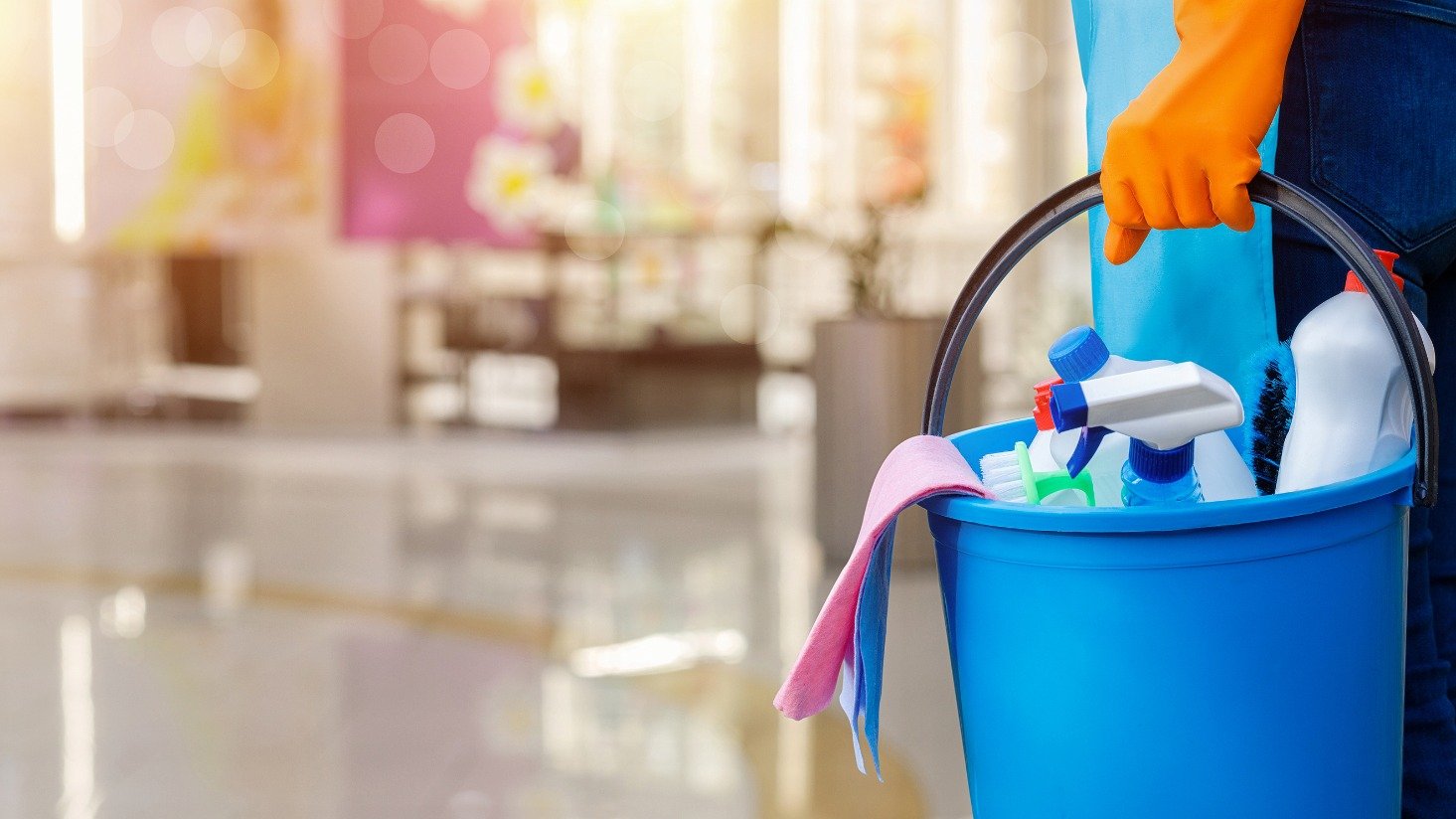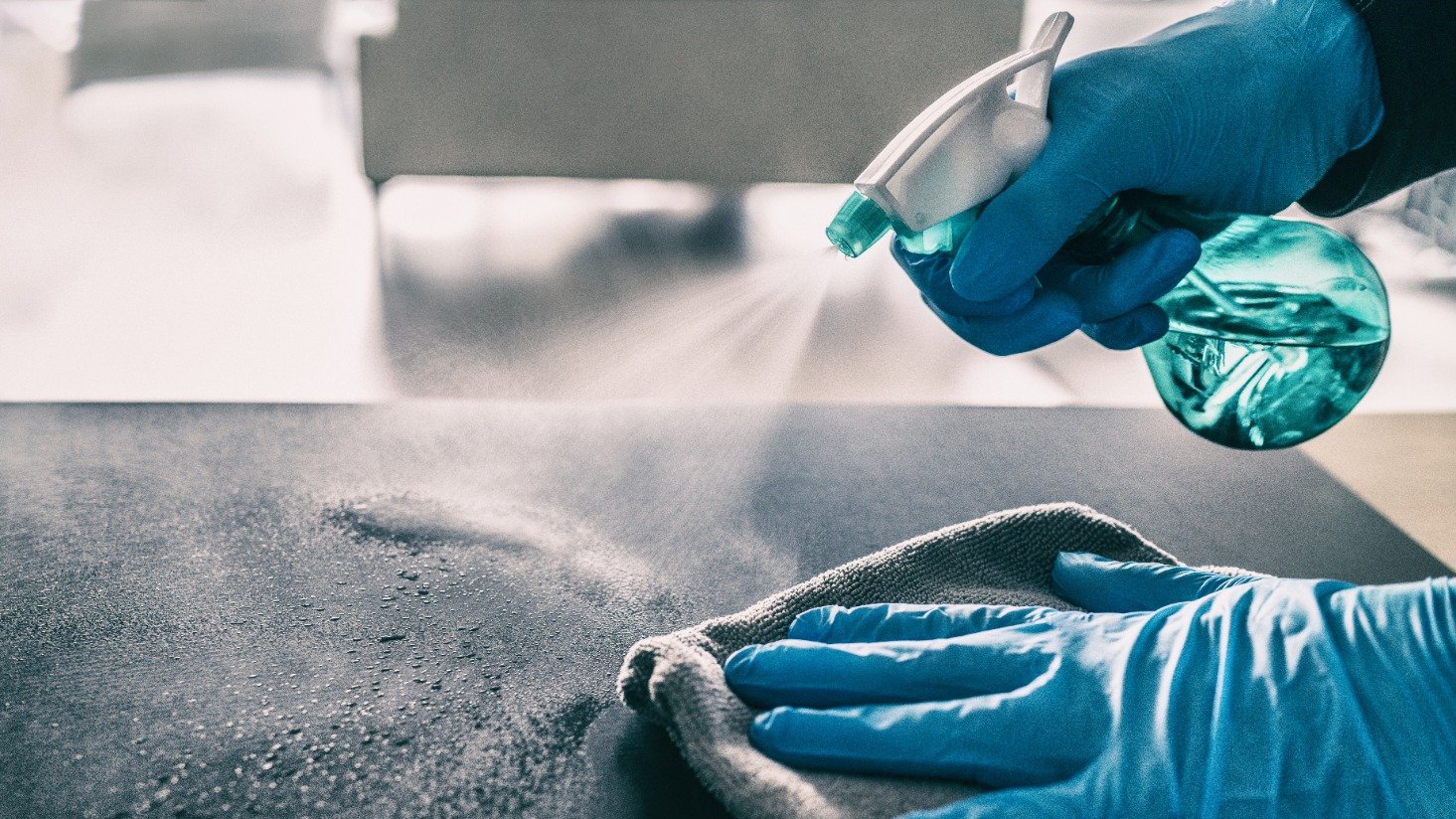Types of Disinfectants: What to Consider for Your Facility
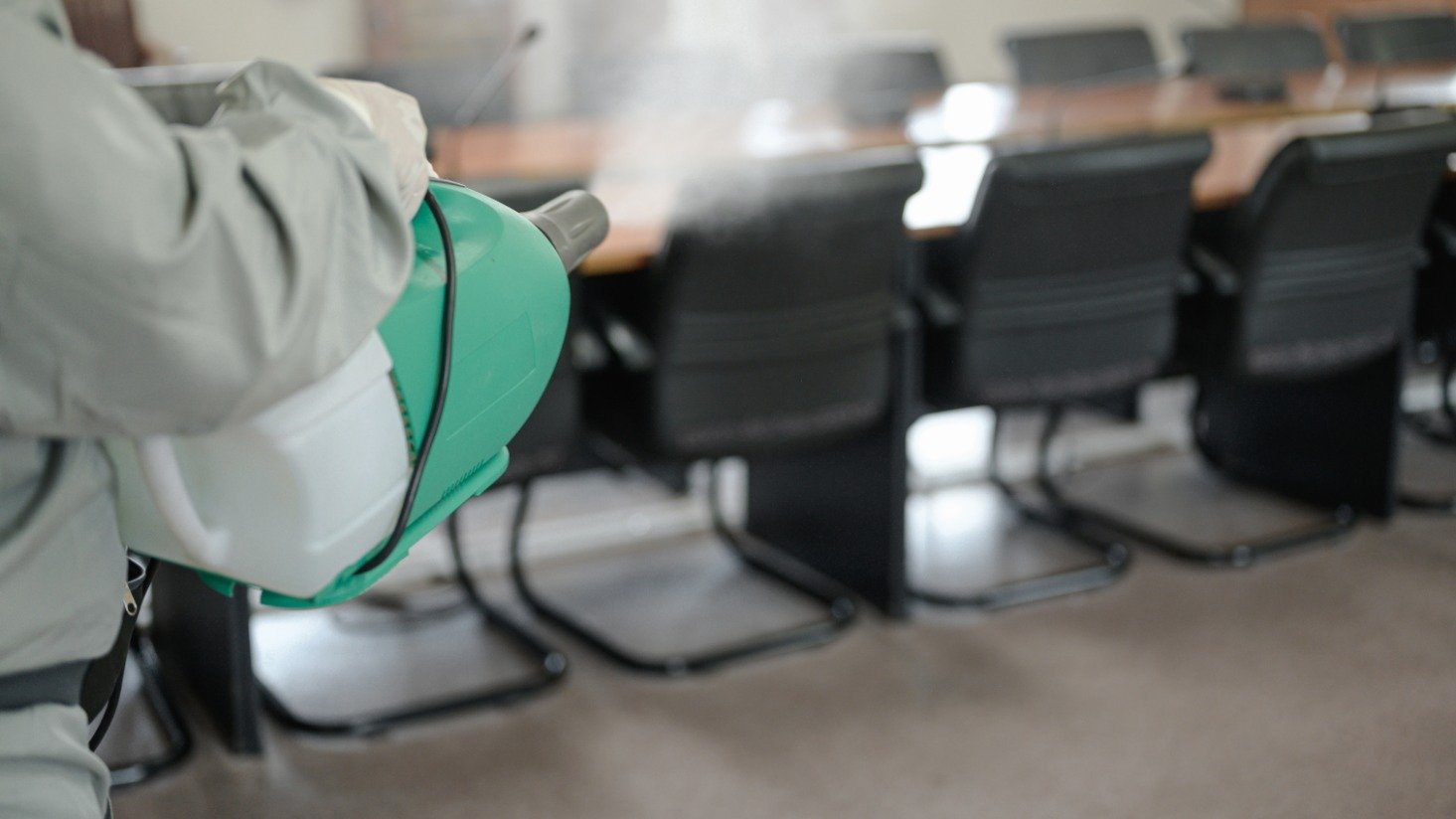
Before the COVID-19 pandemic, disinfectants were commonly used in healthcare applications to reduce the risk of hospital-acquired infections.
During the COVID-19 pandemic, more industries started using disinfectants in commercial buildings like schools, restaurants, hotels, and offices to make sure surfaces are clean.
Although you may not use disinfectants every day, they are still an important step in the cleaning process and there are several factors to consider before you choose a product.
What is a disinfectant?
A disinfectant is a chemical that destroys pathogens like viruses and bacteria. Disinfectants use different ingredients to kill 99% or more of germs on a surface.
To be considered a disinfectant, products must be registered with the Environmental Protection Agency (EPA). The EPA has a list of disinfectants approved for use against SARS-CoV-2, the virus that causes COVID-19. The FDA can also clear disinfectants for use.
Disinfecting is a critical step in the cleaning process, especially in medical applications, because it reduces the risk of spreading infection.
When to use disinfectants
The Centers for Disease Control and Prevention (CDC) updated its guidelines for using disinfectants in April 2021. The CDC says, "disinfection is only recommended in indoor settings, schools and homes where there has been a suspected or confirmed case of Covid-19, within the last 24 hours."
The CDC revised its guidelines because of safety concerns. Certain disinfectants with strong odors or high-toxicity can cause breathing problems, especially for people with asthma.
Before using a disinfectant, the surface needs to be thoroughly cleaned. Proper cleaning agitates biofilm on a surface and removes any debris. Disinfectants actually kill or inactivate pathogens.
Read more: The science behind disinfecting, cleaning, and protecting
If there are no confirmed or suspected COVID-19 cases, daily cleaning is still recommended to remove any germs that may remain on a surface.
Types of disinfectants
The CDC groups disinfectants into categories based on the main ingredient. Most disinfectants are designed for a specific use, so read the safety data sheet (SDS) before selecting a product.
| Main Ingredient | Summary |
| Alcohol | Alcohol is a common ingredient in disinfectants because it destroys bacteria and inactivates viruses at high rates. It's not effective against bacterial spores. Alcohol should be used and stored in well-ventilated areas because it is flammable. It may also require more dwell time than other disinfectants. |
| Chlorine and chlorine compounds | Chlorine and chlorine compounds can fight a wide range of pathogens, including bacteria and viruses. It's an inexpensive and fast-acting option that's been used to disinfect water for decades. Household bleach is a type of chlorine. Chlorine compounds can be dangerous and deadly in large doses. Proper ventilation, skin protection, and other PPE are required. |
| Formaldehyde | Even at very low levels, formaldehyde can leave a very strong odor and produce irritating fumes. While it's an extremely effective disinfectant, it's not widely used because of its smell and safety risks. OSHA limits the amount of time workers can be exposed to formaldehyde. |
| Glutaraldehyde | Glutaraldehyde is used to disinfect heat-sensitive equipment in medical applications, like hospitals and dentist offices. Otherwise, the CDC says it's too toxic and expensive to use, even when the product is diluted. Areas must be well-ventilated when using glutaraldehyde-based products. |
| Hydrogen peroxide | Hydrogen peroxide-based products are generally known as "safer" and more sustainable disinfectant options. Hydrogen peroxide naturally breaks apart pathogens and doesn't leave a smell or odor. |
| Iodophors | Iodophors are not commonly used as a disinfectant because of their smell and toxicity, but they can penetrate the walls of pathogens easily. They can also stain surfaces. Iodophors have been used as an antiseptic. No products with iodophors as the main ingredient have FDA approval. |
| Ortho-phthalaldehyde (OPA) | OPA is considered a high-level disinfectant that's comparable to glutaraldehyde, but does not irritate the skin and eyes or have a strong odor. Studies have shown OPA-based disinfectants can last longer on surfaces. |
| Peracetic acid | Paracetic acid is considered unstable when diluted, but does not leave a residue. It's used to disinfect medical equipment in hospitals. |
| Peracetic acid and hydrogen peroxide | The combination of peracetic acid and hydrogen peroxide can destroy almost all pathogens except for bacterial spores within 20 minutes. |
| Phenolics | Phenol-based products have been popular in hospitals for nearly four decades, but studies show they may not be able to inactivate viruses. Many phenolic products are registered with the EPA for use on surfaces like bedside tables and bedrails. |
| Quaternary ammonium compounds | Quarternary ammonion compounds are commonly used in disinfectant products because they are low-cost and quick-acting against pathogens. Often called "quats," products with quarternary ammonion compounds can be used on surfaces ranging from furniture and floors to medical equipment. |
What to look for in a disinfectant
Like other cleaning products, disinfectants have different characteristics besides the main ingredient.
The product's safety data sheet will include critical details about the disinfectant, including how to use it, what PPE to use, safety and storage information, and much more.
Here's a look at several of the factors we recommend reviewing when you're comparing products:
- Dwell time - This is the time it takes for the product to effectively kill pathogens. The product must remain on the surface for this specified amount of time.
- PPE - For many disinfectants, personal protective equipment is required. Read the safety data sheet carefully to find what PPE you need.
- Safety - While disinfectants are chemical by definition, some products are safer than others. To find the safest disinfectants, look for a low toxicity rating from the EPA.
- Surface and application -You may want to be selective about which disinfectants you use on certain surfaces. Some disinfectants may not be safe for soft surfaces like couches in a multifamily unit, but they make work effectively on restaurant tables.
- Ease of use - Many of the factors mentioned above contribute to a product's ease of use. If you use a disinfectant that has a high dwell time and requires PPE, your cleaning crew might spend a lot of time applying the disinfectant. Or worse, you risk directions not properly followed because the product is too difficult to use.
One drawback to disinfectants is there are limited methods to prove they're working effectively.
For other cleaning products, we recommend testing surfaces with an ATP test. ATP tests determine how much bacteria is on a surface. However, studies show ATP tests are not a reliable indicator of how well disinfectants work. Chemicals in disinfectants react differently to ATP readings than other products, like cleaners.
Our recommendation for disinfectants
We recommend two disinfectants: one that's ideal for hard surfaces and a second that's a great option for food prep and soft surfaces.
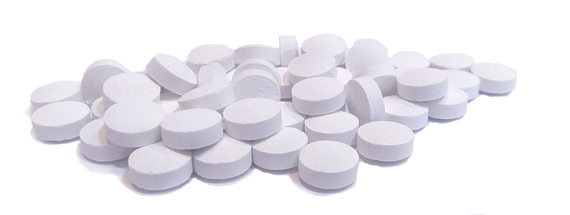 |
| BioTab7 Contact us |
BioTab7 is a versatile hospital-grade disinfectant that we recommend for use on hard surfaces.
When to use: BioTab7 should be used after routine cleaning and before surface protectants are applied.
Where to use:BioTab7 can be used on hard surfaces in commercial buildings.
How to use: Add two to four BioTab7 tablets to cold water. To use as a disinfectant, spray on a surface and let it sit for at least 60 seconds. Wipe off the surface with a microfiber cloth. PPE is required on the safety data sheet.
 |
| Vital Oxide Shop now |
Vital Oxide is an EPA-registered hospital-grade disinfectant that's safe enough to spray on food prep surfaces.
When to use Vital Oxide: Vital Oxide should be used after routine cleaning is performed and before a surface protectant is applied.
Where to use Vital Oxide: Vital Oxide should be used on soft surfaces, like on furniture in hotel rooms. It's also safe enough to use on food prep surfaces without rinsing.
How to use Vital Oxide: Vital Oxide comes ready to use as a disinfectant in high traffic areas and areas with high amounts of pathogens like bacteria, viruses, and mold growth. You can also dilute it to use as a sanitizer. Vital Oxide can be used in spray bottles or a fogger. There is no PPE required to use Vital Oxide.
Total room disinfection
Once you've disinfected a surface, you have a clean, pristine area with no pathogens or germs. The problem is, that level of cleanliness will only last for minutes to hours.
One option to keep your surface cleaner longer is to use a protectant.
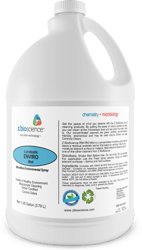 |
| Surface Protectant Enviro Mist by Z BioScience Shop now |
Surfaces that are clean, disinfected, and protected are a great step towards a total clean, but there is one element missing: Air disinfection. A complete clean involves the surface and air disinfection.
Our top recommendation for air disinfection is a unit called the UV FAN by Light Progress.
We like the UV FAN because the UV-C lamp is enclosed within the fixture, which makes it safe to constantly run in occupied rooms.
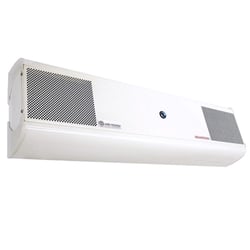 |
| UV FAN Shop now |
The UV-C lamp energizes a titanium dioxide filter that also kills pathogens. Dirty air enters the unit and cycles through the UV-C lamp and the TiOx filter. Disinfected air enters the room again.
Maintenance on the unit is relatively simple. You never have to replace the TiOx filter, and the UV-C lamp is rated for 18,000 hours. The fan also has a washable filter to keep large particles and debris out so the UV lamp can work properly.
For a consultation on how to achieve a complete clean in your building, please do not hesitate to contact us. Our experts will walk you through selecting the right products and process for your facility.
